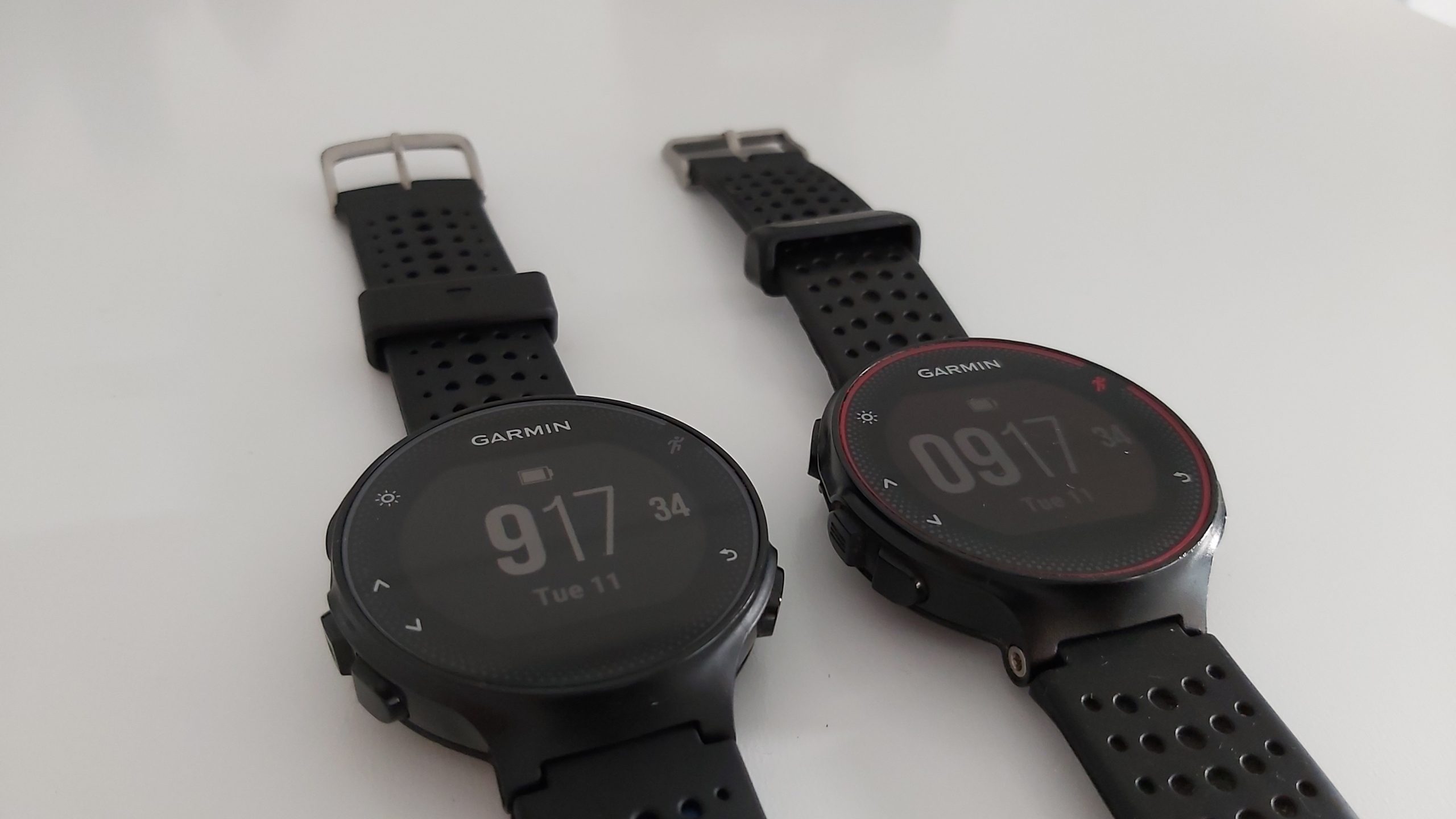I don’t pay much attention to my heart rate when training, other than during recovery runs to slow myself down. I love using Garmin and am a big advocate of the brand. All high-tech and number crunching, I assumed they were using proven algorithms for heart rate… how wrong I was.
The old heart rate calculations
220 minus your age gives your theoretical maximum heart rate. I remember covering this in GCSE P.E. back in 2005 and even then being told that it was too basic to be accurate. It’s an abbreviation of Karvonen’s formula, which takes into account your resting heart rate at least (as a measure of fitness) but this too has been proven to be inaccurate, often only representing the general population. That leaves people who have good cardiovascular fitness with inaccurate data to use.
Heart rate zone training
Whilst this method is widely used, with marathon runners and ultramarathoners in particular finding it helps them to pace races more evenly, it’s reasonable to assume that amateur athletes like us are training and racing at lower percentages of our maximum heart rate than we think, meaning we’re leaving a lot of potential untapped.
Considering the 220 minus age calculation has often been shown to be up to 20 beats per minute slower or faster, you could be training 12-14bpm away from where you should be using the heart rate zones.
If you want to use this method, I’d point you in the direction of two options.
1) How to find out your maximum heart rate
There are tests which can get a more accurate measure of your maximum heart rate. As runners, I’d stick to a treadmill test for this and do so under the supervision of sport scientists both for safety and accurate protocols.
Once you’ve got this, you can easily calculate the different percentages and ignore the heart rate zones on your watch.
The far cheaper and easier options, is;
2) Change your Garmin settings
Head into the Garmin Connect app.
Scroll to and click “Garmin Devices”.
Select your device.
Select “User Settings”
Select “Heart Rate Zones”
At the top it says “Based on:”
If you click on this, you can choose the method from % of Max Heart Rate, % of Lactate Threshold or % of Heart Rate Reserve. It gives descriptions below so you can make a choice.
What would Kyle do?
I’ve changed mine to % of Heart Rate Reserve, sticking with the pre-set 50, 60-70, 70-80, 80-90, 90-100% zones but now factoring in my resting heart rate of 43bpm. The point where my aerobic zone tips into threshold has shifted by 10bpm. Fairly substantial considering I’m predominantly marathon and ultramarathon focused.
Other options
If you can have your lactate threshold tested, I’d go down this route as lactate accumulation is one of the biggest factors in marathon potential. If you’ve ever seen the Breaking 2 documentary following Nike and Eliud Kipchoge in his first sub 2 marathon attempt, it’s something they paid close attention to for the three athletes. This is likely to be costly though and for most of us, may not provide that much additional benefit for the cost, since training around your lactate threshold will be more uncomfortable than most people would want to endure for amateur sport.
My advice is to change your settings as soon as possible. Screenshot the numbers before and after the setting changes so you can see how much difference there is. You may well have more to give in training and gains to be had in races if you’ve been relying on heart rate so far.

